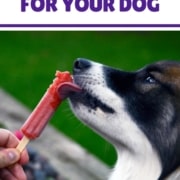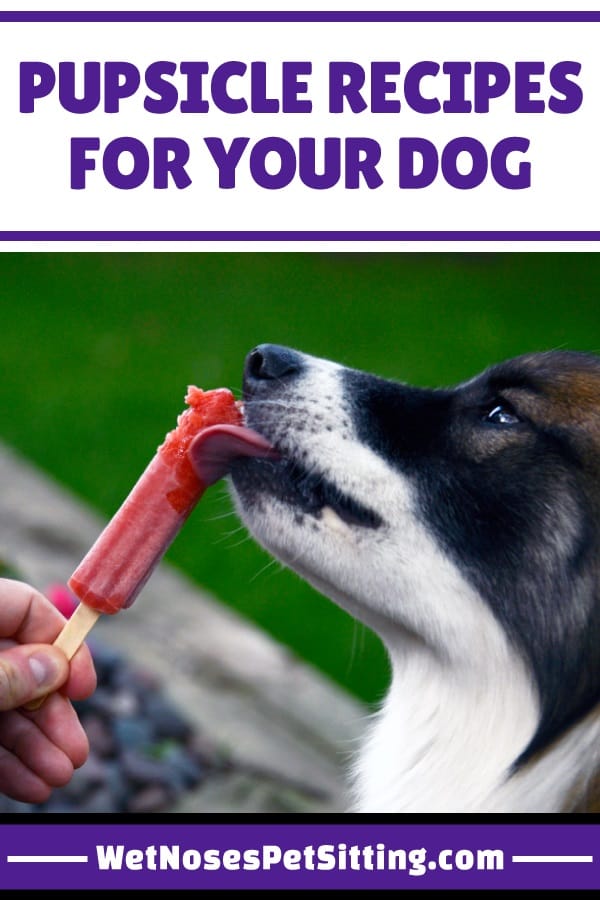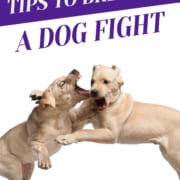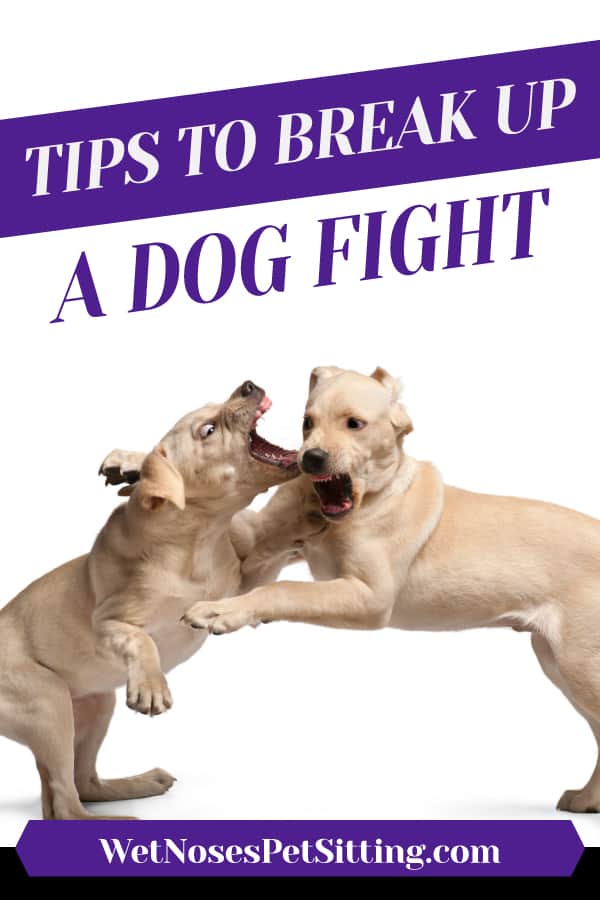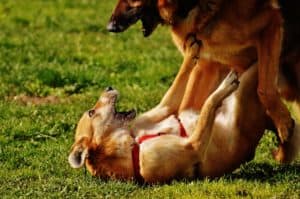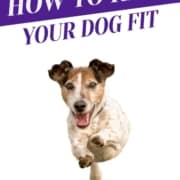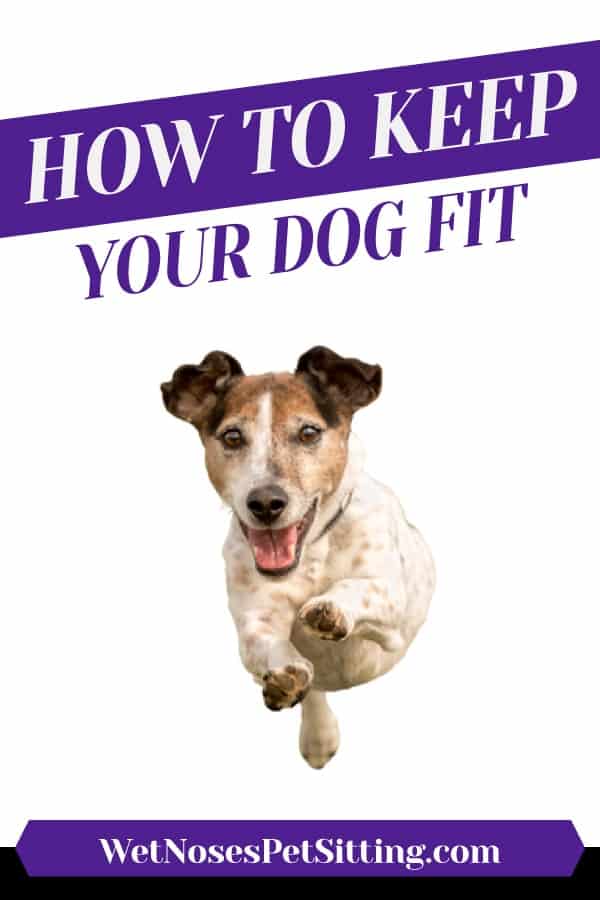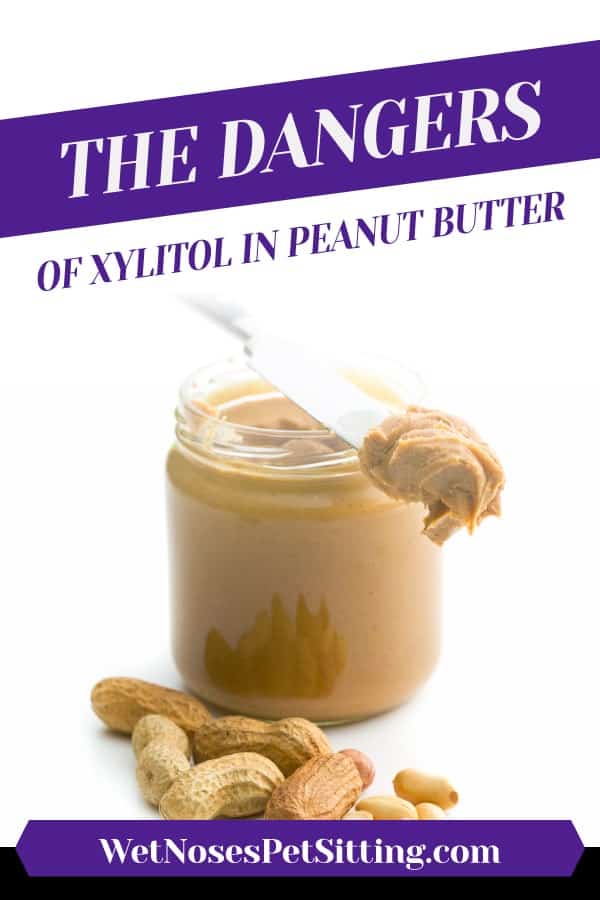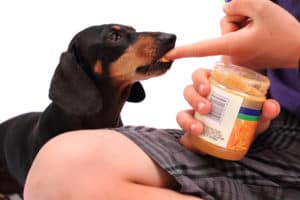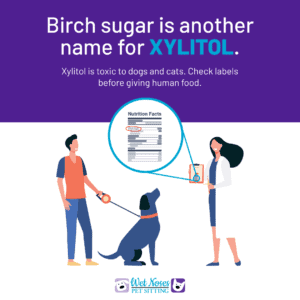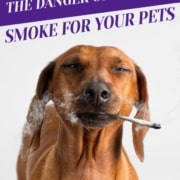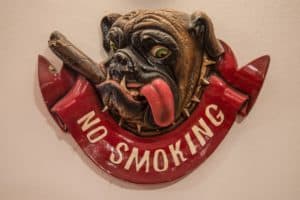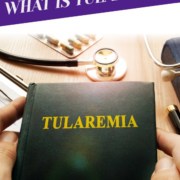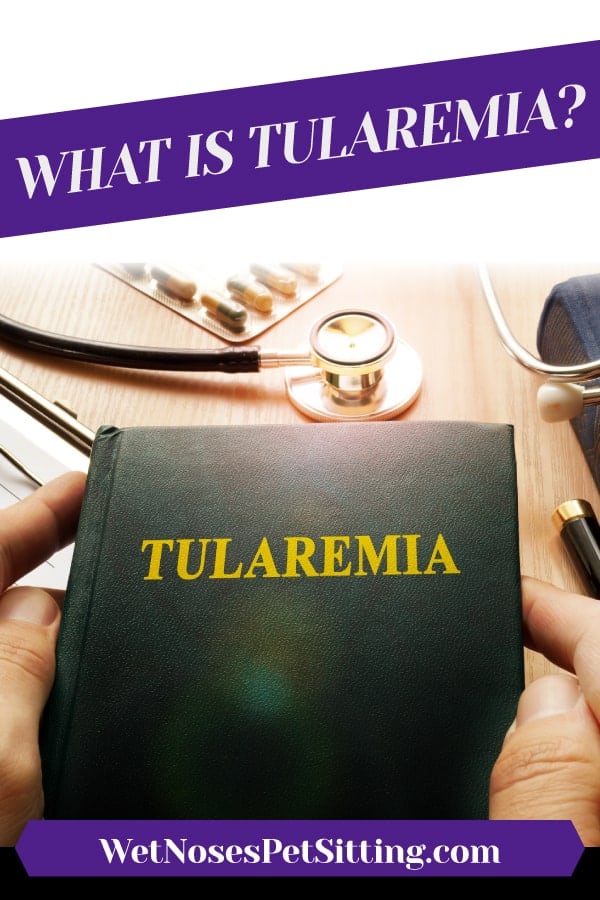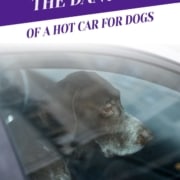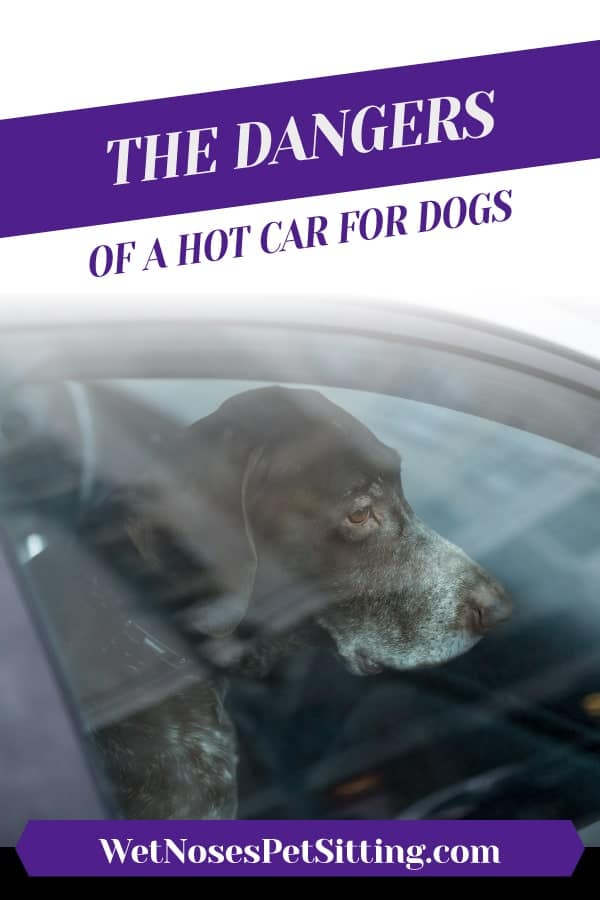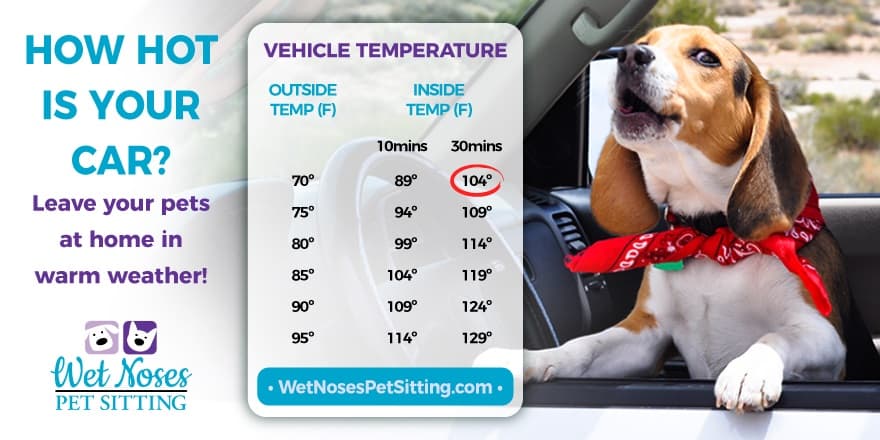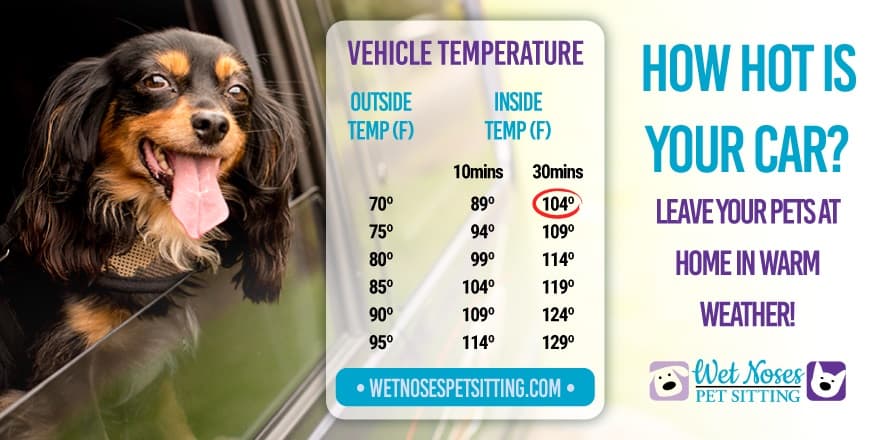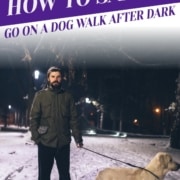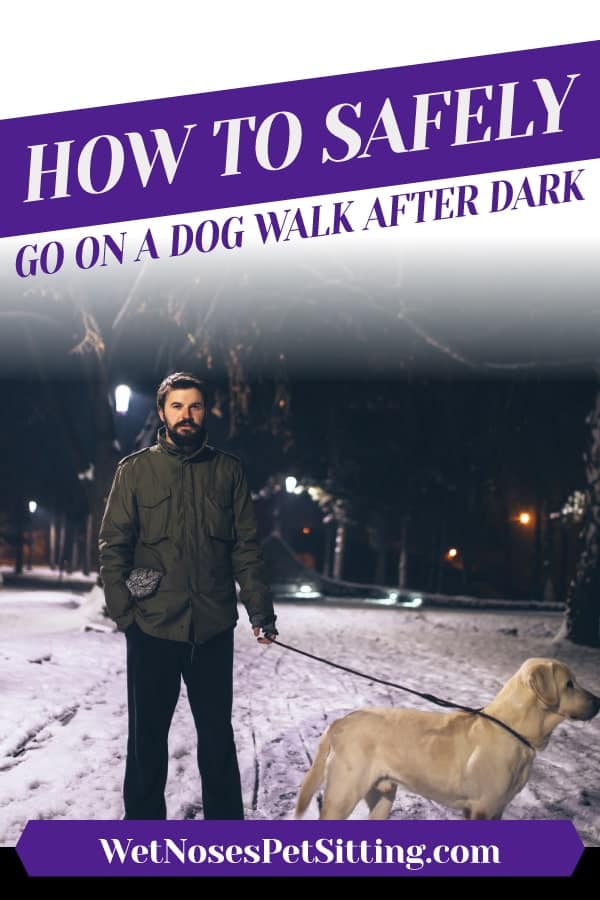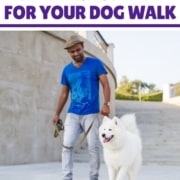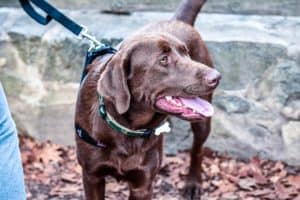Pupsicles: Cool Dog Treat Recipes
When the warm weather is here it is a challenge to find fun activities for you and your dogs while staying cool. So what can you do to help cool your pup down and keep him entertained? Make him a Pupsicle of course!
What is a Pupsicle?
A Pupsicle is a popsicle made specifically for your dog. It has a dog friendly ingredients, and you can make it at home. There is no need to spend a bunch of money, just use items you already have at home and have fun experimenting!
1. Pick Out Your Container
Your container can be anything that fits in your freezer. You can use a cup, a bowl, or popsicle mold. It will be easier to take your Pupsicle out if the inside of the container is smooth. Ideally this will be multiple small containers so you can make a bunch of Pupsicles all at one time!
2. Add Your Base
This is the liquid part of the Pupsicle and medium that you will be freezing all the other bits in. This can be any dog friendly liquid.
Some liquids you can use as a base:
- Water
- Dog safe chicken or beef stock
- Milk (some dogs are sensitive to milk so be careful)
Fill your container 2/3 of the way with base.
3. Add Your Bits
Your “bits” are the pieces of food you add to the Pupsicle. Bits can be anything your dog likes to eat, just make sure it is dog friendly food. The best bits are ones that will not break apart in water.
Some examples of bits:
- Fruit: blueberries, apples,watermelon and other dog safe fruit
- Vegetables: broccoli,carrots,peas and other dog safe veggies
- Meat: (all meat should be pre-cooked) chicken chunks, hot dog pieces, pieces of wet dog food
- Treats: use treats that are soft, so that they do not get soggy while they freeze
4. Pick Your Stick
The stick is the part of the pupsicle that sticks out of the container. You can use the stick to pull the frozen pupsicle out of the container. The stick should be rigid and fairly sturdy.
Some examples of a stick:
- Long, chewable dog toy
- Dog bone
- Carrot, or other long veggie or fruit
Place your stick into the middle of your pupsicle.
5. Freeze and Remove
Put the container into the freezer. I know that this will be hard for you and your dog, but wait a few hours until the Pupsicle is frozen solid. To remove the Pupsicle from the container, grasp the stick and lightly pull while running the outside of the container under warm water.
6. Give Your Pup a Cool Treat and Enjoy!
While the Pupsicle melts, it’s going to make a big mess. Give the Pupsicle to your dog outside, or somewhere you don’t mind getting very wet. Always supervise your dog when you give him something new to try.
Pupsicles are a great way to cool your dog down and provide some fun for him! Have you made a Pupsicle for your dog? Show us pictures on social media and share the recipes with a friend!

